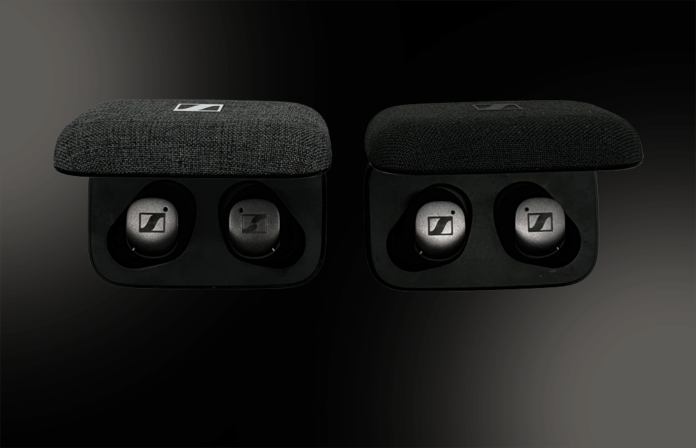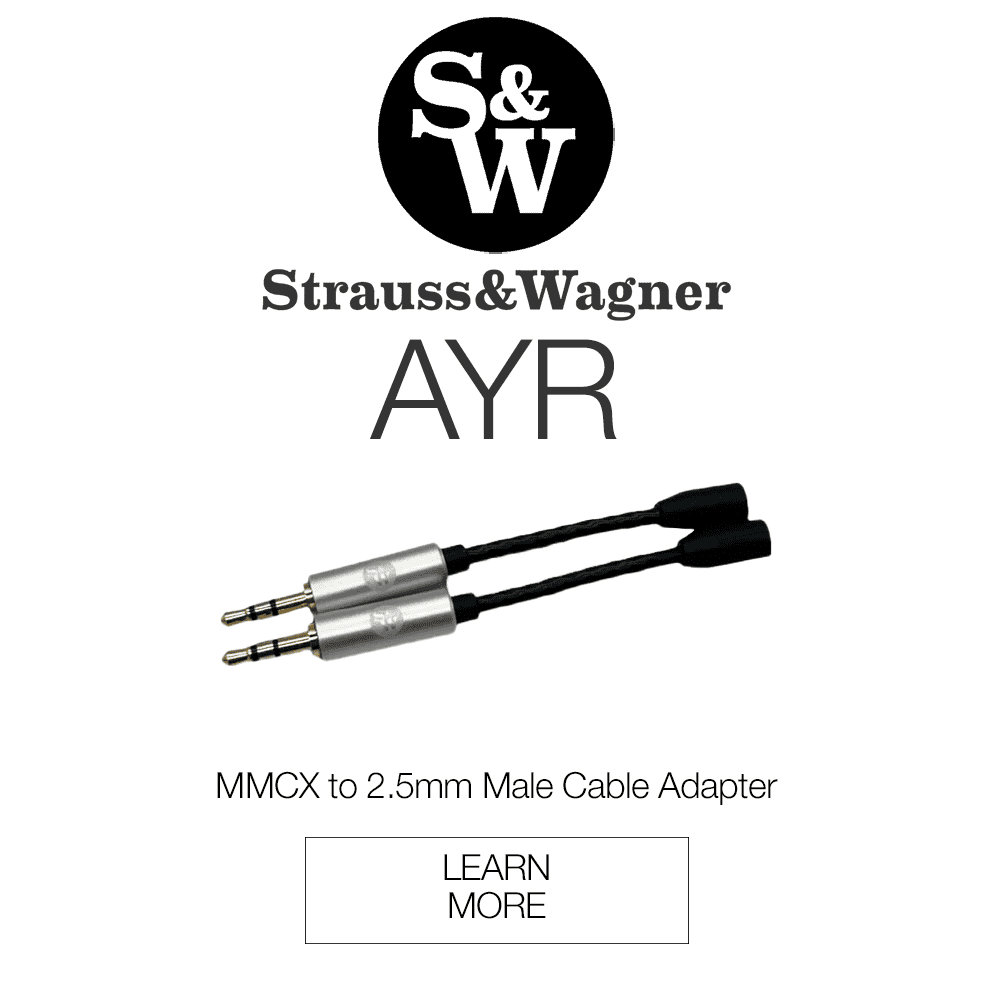Sennheiser’s Momentum TWS line has long sought to pair great audio quality with even better functionality. With the new TWS 4, the audio brand seeks to bring the Momentum TWS line into the future. With new features and a somewhat updated tuning, let’s take a look at how the new Momentum TWS 4 stacks up with the previous generation TWS 3.
What You Get:
| Sennheiser Momentum TWS 3 | Sennheiser Momentum TWS 4 |
|
|
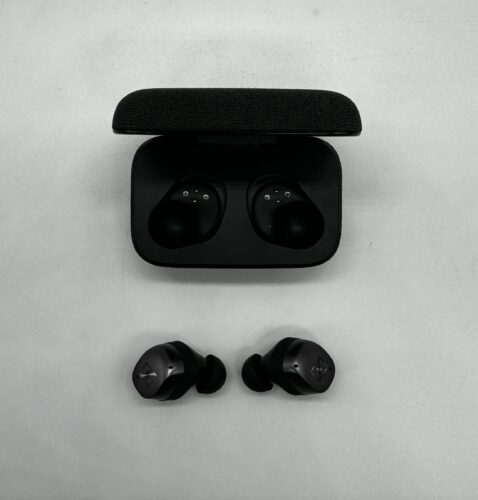
Look and Feel
There’s one key difference when it comes to looks for the Momentum TWS 3 and 4. The new model now comes with splashier colorways. The TWS 4 can be had in the same graphite color as before. Or, you can get it in black copper or metallic silver. This is a change from the TWS 3, which comes in black, white, or graphite.
In terms of feel, well, things are just about the same. We get the same build quality, design, and ear fit. But as the old saying goes, if it ain’t broke, don’t fix it.
Design and Functionality
The Momentum TWS 4 looks to bring the product line into the future. This means new codecs that aren’t supported by the TWS 3, the most notable of which is support for aptX Lossless. Yes, that means that the new Momentum model sports Bluetooth 5.4 and Qualcomm S5 Sound Gen 2 with Snapdragon Sound. However, there’s a catch. Most phones don’t have Snapdragon Sound or play aptX Lossless yet, so this is essentially a future-only feature. That’s not a bad thing though. Once more phones are updated with the new audio processing, the TWS 4 will be ready to go, making these a bit future-proof. Other new codecs supported by the TWS 4 are LE Audio, LC3, AURACAST.
The TWS 3 shares in other codecs like aptX, aptX Adaptive, SBC, and AAC.
The TWS 4 also claims stronger Bluetooth connection using Front End RF tech paired with Sennheiser’s True Response technology.
Both earbuds charge through their cases, with a USB-C port on the back of the case. Both cases also utilize Qi wireless charging to keep your desktop clean.
However, the TWS 4 does offer a few battery improvements. For starters, the TWS 4 lasts for 7 hours of playback with 30 hours available when used with the case. This is a slight improvement over the TWS 3, which matches its 7 hours of playback but loses a couple hours when used with the case (dropping down to 28 hours). The TWS 4 also comes with a battery protection feature which regulates charging cycles, leading to a longer lasting product.
Finally, the TWS 4 comes with a 6-microphone array for voice pickup as well as noise cancellation. This compares with the TWS 3, which only has 3 microphones. So noise canceling and voice quality should be improved on the TWS 4.
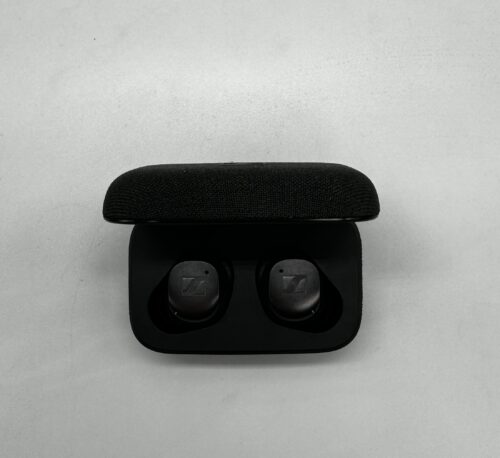
Sound Impressions
The Momentum TWS 3 and 4 share similar sonic qualities. However I noticed some refinement in the TWS 4’s sound signature when doing A/B comparisons. Overall, both sets of earbuds go for a somewhat V-shaped sound signature. But the Momentum TWS 4 has a bit more balance and finesse when it comes to the mid range and treble.
Listening to “Billions” by Caroline Polachek, the bass on the TWS 3 sounds strong and robust. But that deep bass impact comes with caveats. The elder Momentums have a bit muddier of a presentation, going for heft rather than pure detail. Switching over to the TWS 4, the bass is still there. However, it’s a faster, more punchy bass response that I happen to prefer. Testing these with Wilco’s “Jesus, Etc.,” I noticed cleaner bass response on the TWS 4, with bass notes better separated and more defined than the 3.
When it comes to the midrange response, both generations sound pretty similar. At a glance, they present vocals as a little bit hollow. However, when comparing them side by side, the refinement on the Momentum TWS 4 becomes more apparent. Sticking with Wilco, the vocals, snare drum, and guitars all feel a bit better separated and smoother on the TWS 4, while I lost a bit more information on the TWS 3. Then on a track like Weezer’s “Say It Ain’t So,” I could hear the TWS 4’s better handling of electric guitar distortion, demonstrating how much more information it could reproduce than the TWS 3.
The treble is where I found the most significant difference between the two generations. The TWS 3’s high end feels laid back to the point of almost being hidden. Meanwhile on the TWS 4, treble is much more present. Cymbals shine through much more clearly and the top end of vocals are a lot more resolving. That said, the TWS 4 winds up sounding a bit shrill at times, while the TWS 3 is a bit more relaxing.
The soundstage is about the same on each device. But if I had to split hairs, I would say the TWS 4 has a slightly bigger soundstage with better imaging.
Overall, the TWS 4 bests the TWS 3 in terms of sound to my ears. However, if you prefer a laid back treble response and deeper bass, the TWS 3 may still be for you.
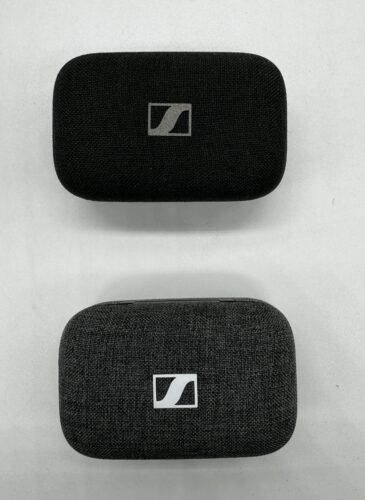
Summary:
The Momentum TWS 4 seems to overall be the better package when compared with the TWS 3. With a more refined sound signature and future-proof specs, the TWS 4 is a worthy upgrade to the previous model.
You can pick up the Sennheiser Momentum TWS 3 at Audio46.com today. The Sennheiser Momentum TWS 4 is available for pre-order at Audio46.com starting today as well.
Compare the ranking of various headphones, earbuds and in-ear monitors using our tools.
Discuss this, and much more, over on our forum.
---MAJORHIFI may receive commissions from retail offers.


